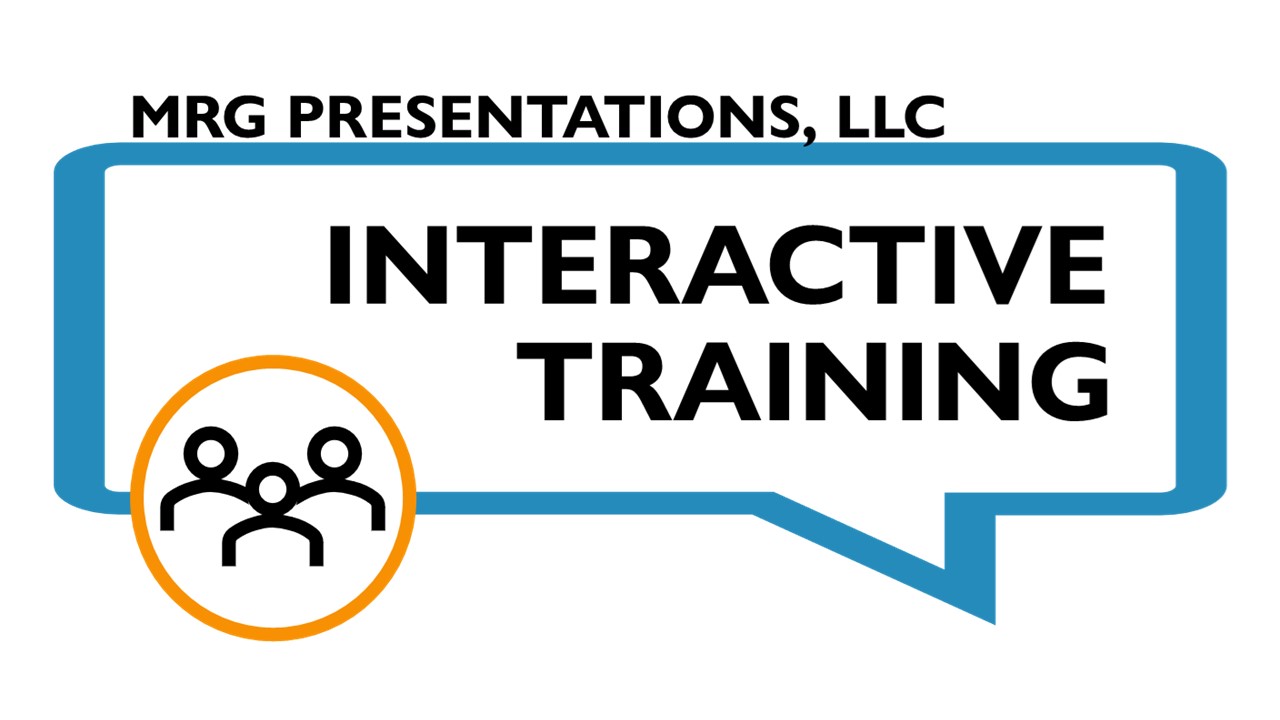HABIT #8: CREATE MENTAL MAPS
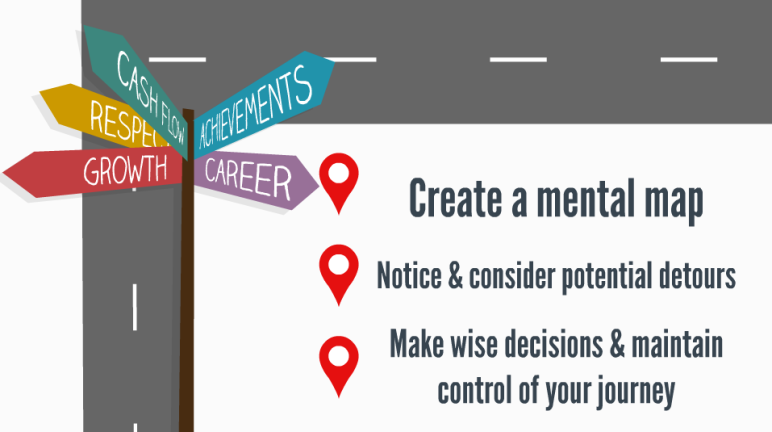
Intense heat radiates as a firefighter prepares to enter a burning structure. Before entering, a set of expectations is formed. In this type of fire, what is normal? How should the room appear? How should it feel? This forethought creates a sixth-sense awareness. Anything outside of the expectations is more easily noticed and taken into consideration. There is a term for this. It is called mental mapping, and it is habit #8.
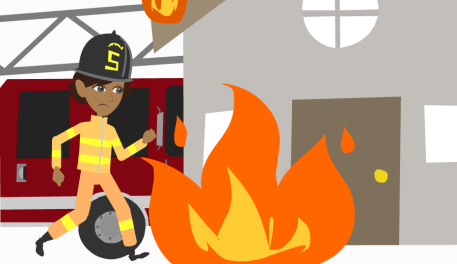
Remember: a habit is an automatic implementation of a behavior (or set of behaviors) in response to a stimulus. It is what you do when given a cue. You don’t have to think about it; it just happens. Previous habit blogs focus on the concept of habits, Habit #1: Expressing Love, Habit #2: Questions before Answers, Habit #3: Sleep to Live, Habit #4: Single-Tasking, Habit #5: Double-Checking, Habit #6: Be Nice and Blame Mom and Habit #7 is the 30-Second Rule.
…and habit #8 is mental mapping.
Mental maps are helpful in emergencies. And they can also assist in the more normal routines of life and business. Here is how it can work for you.
During your morning commute…
Or as you walk to a meeting…
Or as you consider your day off…
Create a mental map.
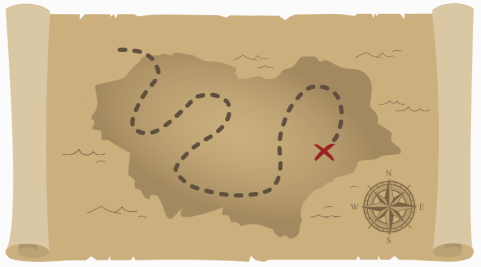
Who will be there when you arrive at work or enter the living room at home? What state of mind are they likely to be in? What relationships are you building—or perhaps repairing? What projects await you? What do you expect to achieve during the time allowed? Are there any meetings? What do you hope to gain from those contacts? Given these realities, how will you respond? What will be the path toward your goals?
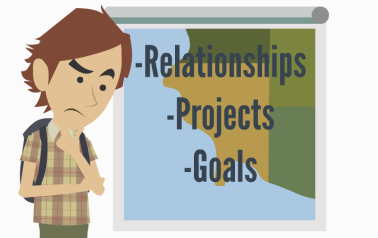
The mental map is like a prophecy of your day—a story told regarding what should happen. This helps you identify anything that lies outside of the expectations. The mental map helps you quickly assess the event and make a purposeful decision about it. They can prevent you from being hijacked by distractions, and they can provide an alert to help you spot potential fires.
Unlike the firefighter, many of our anomalies are not emergencies; they are distractions. They might be observations to file away—things that can help us create future mental maps. Whatever the case, the map is beneficial.
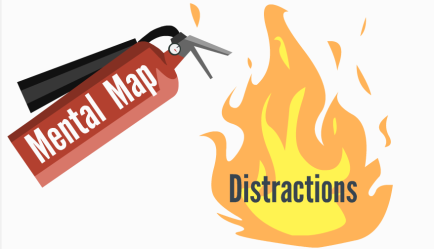
This habit does not necessarily require extra time. It can be accomplished along the way. And it helps you identify things that are “off the trail.” The purpose of a map is to get you to a specific place, the desired outcome. Potential detours should be noticed and considered. Is it merely a distraction or is it a necessary change of direction or change of focus? The map helps you make wise decisions as you maintain control of the journey.
